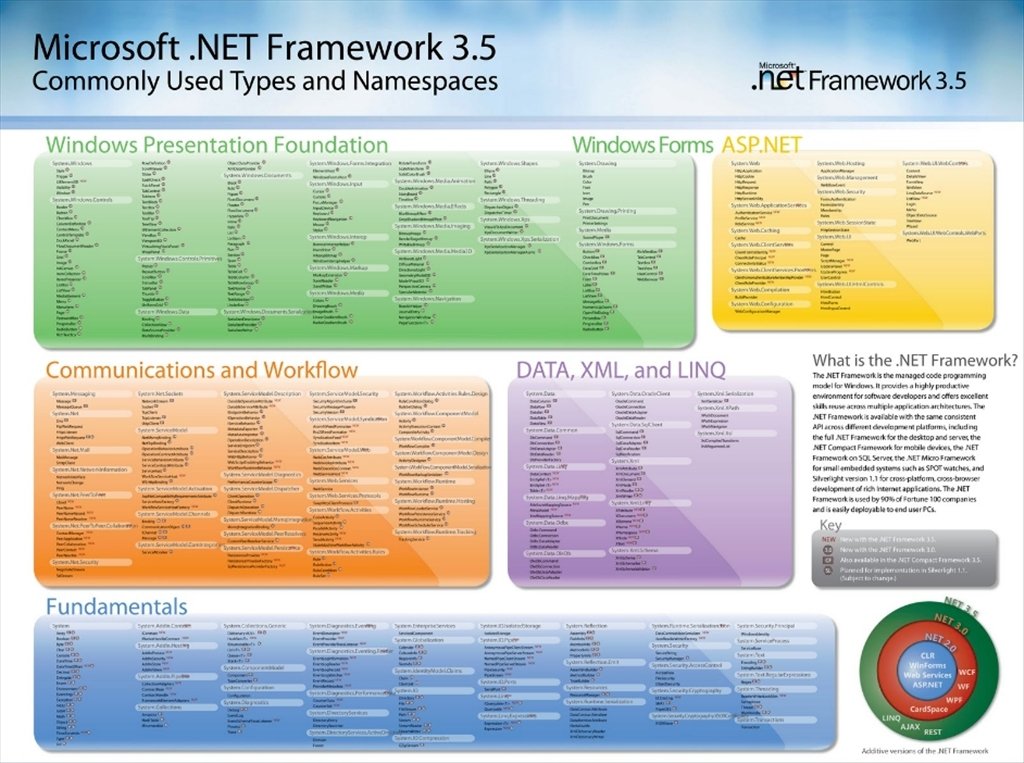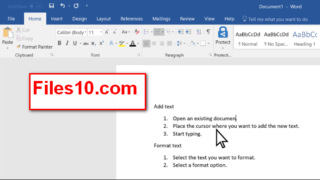
(Labels like "perpetual," which have been widely used by Computerworld, technically note the type of license rather than payment methodology, but in Office's case, the kind of license is tied to whether it was bought outright or simply "rented.") Office 2019, whether bought one copy at a time in retail or in lots of hundreds via volume licensing, has been dubbed a "one-time purchase" by Microsoft to spell out how it's paid for. Of the differences between Office 2019 and Office 365, purchase plans are among the most striking. Microsoft Office 365 Desktop subscription version How Office is paid for Here are three ways to tell these tools apart, and a look at what's coming, based on Microsoft's new support policies for both Office 2019 and Office 365. How they differ can be confusing, especially since each includes, more or less, the same applications. The other, Office 365, is the subscription service that debuted in 2011.


One, labeled Office 2019, is the stand-alone suite that traces its roots back to the last century. Rather than a single, towering smooth-black Office, there's a whole Stonehenge of options: Office on the iPhone, on iPad, Office on Android smartphones, Office on personal computers, Windows and macOS, Office with a handful of applications, Office with fist-fulls of apps.īut when you get down to it, there are really only two kinds of Office. Microsoft Office may be the de facto productivity tool for millions of workers worldwide, but it's no monolith.


 0 kommentar(er)
0 kommentar(er)
